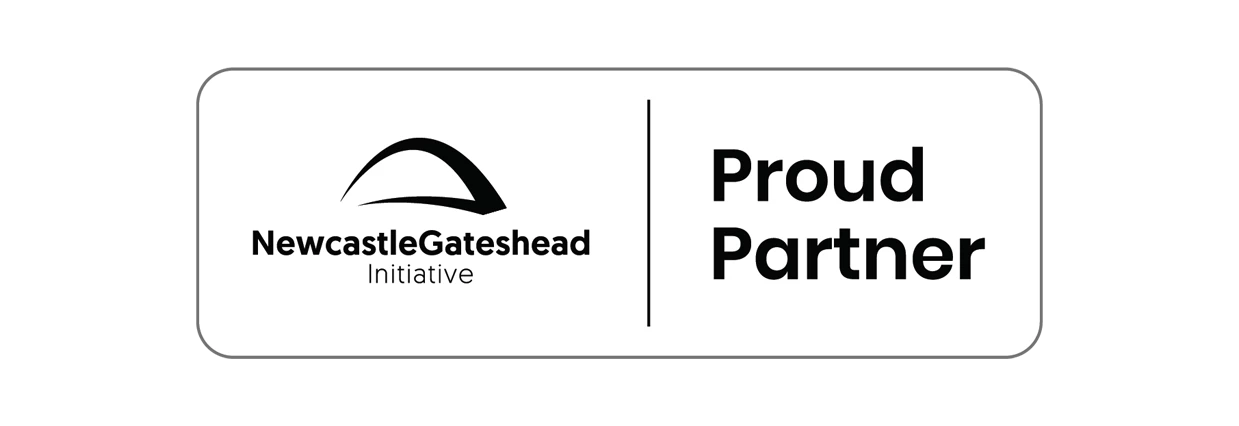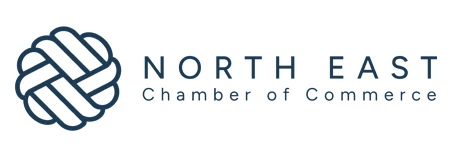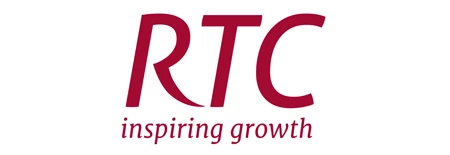Partner Article
From paper to e-forms, what’s next?
When the PC and Internet era began, the first thing we did is recreate a physical desktop – Folders, Trash Bins, inboxes, outboxes – we even called it a “desktop”. Then we looked at what we used to do on our desks – we used to push paper; so we go rid of the paper! We turned to email, spreadsheets and other ‘e-forms’ to dramatically speed work tasks that were previously handled by traditional paper forms. Tragically we changed the forms but kept the process, but today’s speed of business has overtaken those 20th century asynchronous tools and requires yet another jump in efficiency to handle the explosion of enterprise services.
Organisations need a new approach to keep up with global business demands and to simplify the creation and consumption of corporate services. Too many business teams struggle with an onslaught of service requests, audits and reporting. Plus there is an increasing shift to focus on end-to-end services requiring corporate service providers to integrate their functional services into an outcome-focused service model.
A new report by KPMG LLP and ServiceNow surveyed 275 attendees at the Knowledge14 conference in San Francisco to gain insight into what IT professionals can do to impact their business services. Many of these IT experts are on the front lines of driving a services transformation across their organisations.
Nine out of 10 respondents agree, multiple business processes such as online forms, spreadsheets conducted over email could be better run by service automation. In fact, about 75 percent of the survey respondents said more than half of their companies’ business processes still rely on email instead of service automation.
Often, organisations use email to manage cross-functional services. Savvy IT leaders view this as an opportunity to help their business peers replace inefficient email-based service request and fulfillment processes with a proven IT service model.
The survey showed near unanimous agreement (98 percent) that IT can leverage the familiar service model they work in to help improve the quality and efficiency of internal service providers like HR, facilities, finance and others across the enterprise through automating their service delivery process.
These findings indicate a substantial opportunity to automate enterprise functions. Applying a service model to an organisation’s many work tasks and providing an automated way to manage service delivery across functions can vastly improve enterprise efficiencies. The IT department will evangelise the shift to a services model to become the backbone of the modern enterprise.
So how can you modernise your service delivery? And why do you still use email to get work done!
This was posted in Bdaily's Members' News section by Dave Wright .








 The real cost of tendering for construction SMEs
The real cost of tendering for construction SMEs
 A welcome step forward – but let’s keep pushing
A welcome step forward – but let’s keep pushing
 Industrial strategy 'can drive business forward'
Industrial strategy 'can drive business forward'
 Industrial strategy 'can be game-changer we need'
Industrial strategy 'can be game-changer we need'
 Driving skills forward with near £100,000 boost
Driving skills forward with near £100,000 boost
 What pension rule changes could mean for you
What pension rule changes could mean for you
 North East can't be an afterthought in AI future
North East can't be an afterthought in AI future
 Understanding the impact of the Procurement Act
Understanding the impact of the Procurement Act
 Is the UK losing ground in life sciences investment?
Is the UK losing ground in life sciences investment?
 Construction workforce growth can't be a quick fix
Construction workforce growth can't be a quick fix
 Why it is time to give care work a makeover
Why it is time to give care work a makeover
 B Corp is a commitment, not a one-time win
B Corp is a commitment, not a one-time win